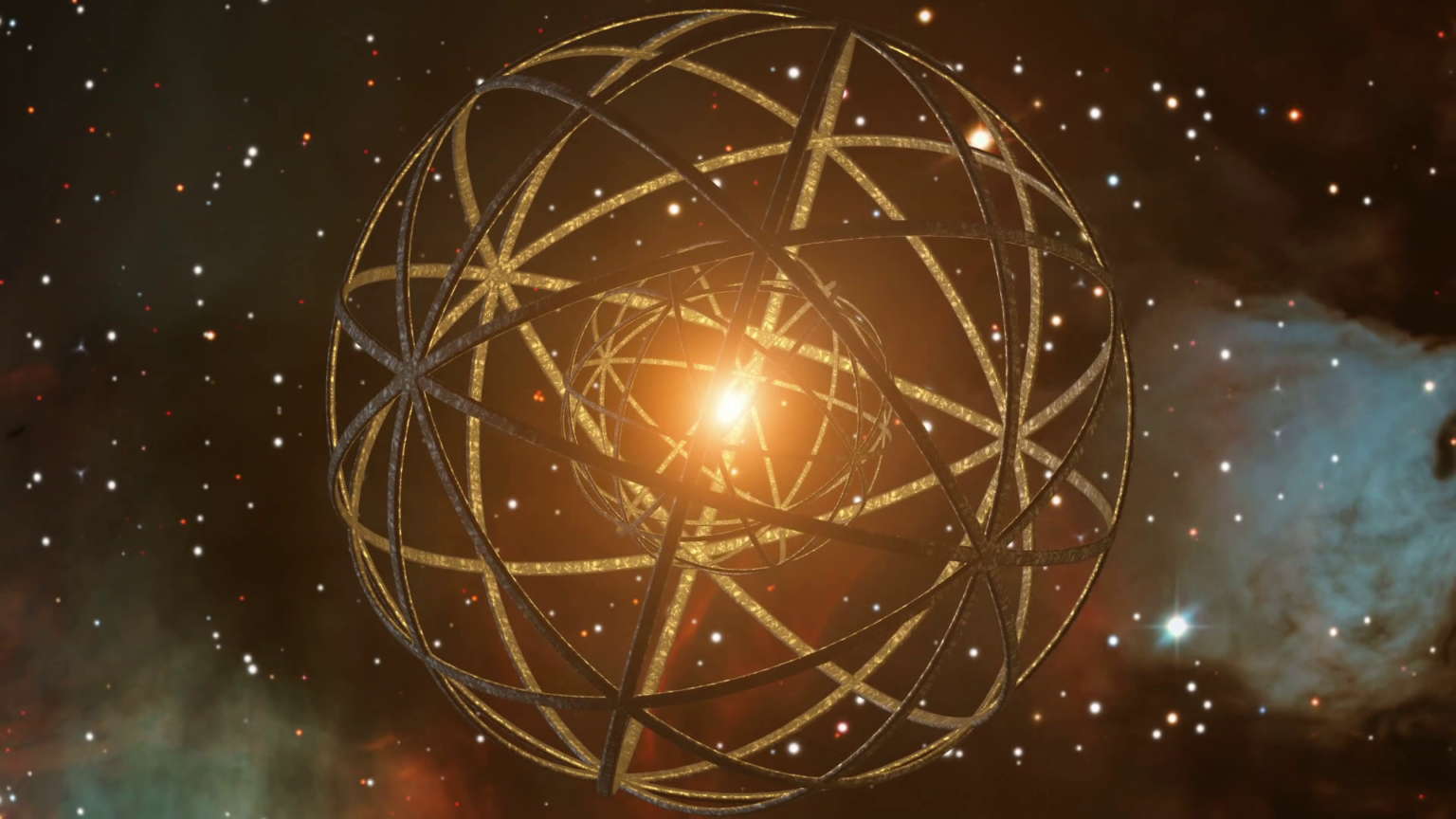Astronomers are looking for alien megastructures in space as proof of the existence of extraterrestrial civilizations. They have already found some amazing signals. These may be Dyson Spheres that scientists have been looking for for a long time.

Finding alien civilizations
There are three ways to search for evidence of the existence of alien technological civilizations. The first is to look for conscious attempts to communicate their existence, for example, through radio broadcasts. The other is to find evidence of their visit to the Solar System. And the third option is to detect signs of large-scale engineering projects in space.
The team of astronomers chose a third approach, analyzing data from recent astronomical observations and finding seven candidates for alien megastructures known as Dyson Spheres that “deserve further analysis.”
In this detailed study, they searched for “weirdos” among the stars. These are objects that may be alien megastructures. At the same time, the authors were careful not to make unnecessary sensational statements. Seven objects located within 1,000 light-years from Earth are red dwarfs in the luminosity of which certain anomalies have been detected.
Dyson Sphere
Dyson Spheres were first proposed by physicist Freeman Dyson in 1960 as a way for an advanced civilization to harness the energy of a star. They consist of separate energy collectors, factories and residential complexes that rotate at a certain distance from the star and form an almost continuous structure around it.
Dyson realized that these megastructures must have visible signs. They must have a significant excess of infrared radiation. This is because megastructures absorb the visible light that the star emits, but cannot use it fully. Instead, they would have to “dump” the excess energy in the form of electromagnetic waves with a much longer wavelength.
Unfortunately, such light can also be a signature of many other things, such as gas-dust disks or clouds of comets. However, the seven promising candidates are clearly not related to all these ordinary space formations.
It is worth noting that there is another sign of the Dyson Sphere: the visible light from the star should decrease when the megastructure passes in front of it. And scientists have already seen such a thing once. A lot of excitement was caused by the Tabby’s star, or KIC 8462852, which showed a lot of really unusual dips in its light, which could be associated with an alien megastructure.
Almost initially, this is not an alien megastructure. Many natural explanations have been proposed, such as a collection of comets passing through a cloud of dust. But this is a strange observation. The obvious continuation of the work with the seven candidates would be to continue the search for signs of the Dyson Sphere.
Do they really exist?
However, Dyson Spheres may not even exist. This doesn’t mean that they can’t exist at all, rather that any civilization capable of building them probably wouldn’t need it (unless it’s some kind of mega art project).
Dyson’s reasoning regarding the consideration of such megastructures was based on the assumption that advanced civilizations would have huge energy needs. At about the same time, astronomer Nikolai Kardashev proposed a scale by which to evaluate the development of civilizations that were almost entirely based on their energy consumption. In the 1960s, it made some sense. Humanity has exponentially increased energy consumption throughout its history as technology has developed and the number of people has increased, so scientists have simply extrapolated this ever-increasing need into the future.
However, over the past 50 years, and especially over the last decade, our global energy consumption has started to grow much more slowly. Dyson and Kardashev never specified what these huge amounts of energy would be used for, but simply (reasonably enough) assumed that they would be needed in order to do what advanced alien civilizations did.
Much lower energy consumption
Now, as we look into the future of technology, we see that efficiency, miniaturization and nanotechnology promise significantly lower energy consumption (the productivity of almost all technologies is constantly improving).
A quick calculation shows that if we wanted to collect 10% of the solar energy at the distance the Earth is from the Sun, we would need a surface area equal to 1 billion Earths. And if we had an ultra-modern technology that would allow us to create a megastructure with a thickness of only 10 km, then for its construction we would need about a million Earths to build it.
A significant problem is that our Solar System contains a mass equivalent to only 100 Earths, so our advanced alien civilization would have to dismantle all the planets in 10,000 planetary systems and transport them to itself to build a Dyson Sphere. To do this from a material available in a single system, each part of the megastructure could be only one meter thick.
According to phys.org


